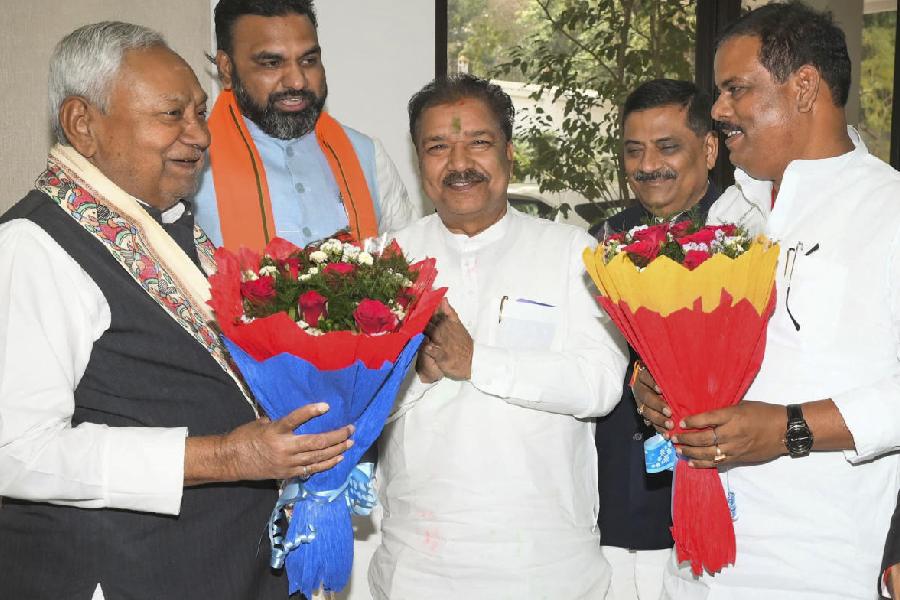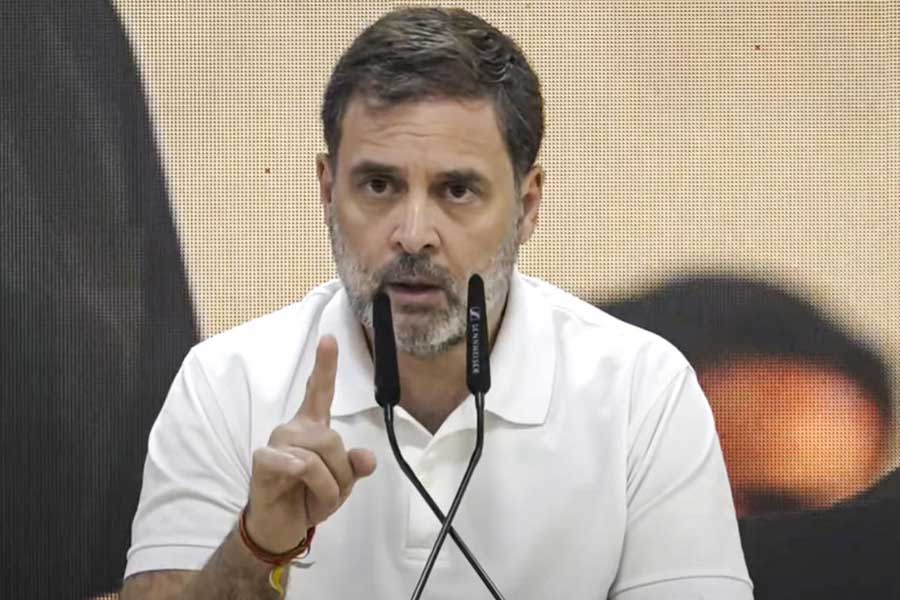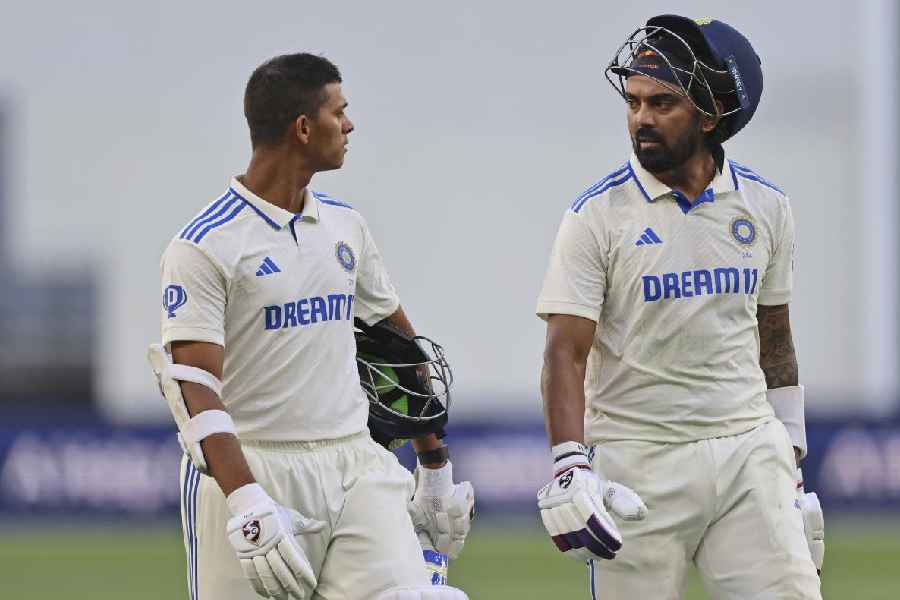India’s ruling party, the BJP, has faced setbacks in India’s three biggest states electorally. Uttar Pradesh, Maharashtra and West Bengal account for 170 Lok Sabha MPs. Narendra Modi’s party has managed to win just 54 of these constituencies.
The 170 seats in the three biggest states – UP (80), Maharashtra (48) and Bengal (42) – would have helped Modi secure a third term as prime minister without the two ‘N’ crutches – Nitish Kumar and N Chandrababu Naidu.
The three big states had played a crucial role in 2019 in cementing the aura of invincibility around Modi and the BJP. But the times may have changed, the Lok Sabha election results show
In Bengal, the BJP faces big setback
The big Bengal bang of 2019 ended in a near whimper in 2021 for the BJP. The party had won 18 Lok Sabha seats in the state in 2019, but failed to replicate the success in the Assembly polls two years later.
Going into the Lok Sabha polls in 2024, on paper the BJP seemed to be on a strong footing as it went on to the polls, banking on an apparent anti-incumbency factor against Mamata Banerjee fueled by the agitation in Sandeshkhali over alleged land grabbing and sexual exploitation of women, the Calcutta high court verdict on the teachers’ recruitment scam and the other corruption issues that have haunted the Mamata Banerjee government ahead of every election, and which chief minister has successfully trumped in every election.
In this Lok Sabha election, the BJP fell far short at 12 seats, though the vote share of 38.73 per cent is only marginally lower than the 40.6 per cent it had received in the 2019 general elections and a little higher than the 37 per cent of votes it had received in 2021 Assembly polls.
The Trinamul on the other hand not only improved its tally from 22 to 29, but has also raised the vote share to 45.77 per cent, a more than 2 percentage point jump from the previous Lok Sabha polls.
Worse for the BJP in most of the South Bengal seats that the party had considered a cakewalk, such as Krishnagar and Arambagh (where Modi had campaigned), the BJP lost.
“There is no denying that there was an absence of a Modi wave across the country,” a Bengal BJP leader said under cover of anonymity. “West Bengal was also no different. The Trinamul campaigned heavily on the doles and welfare schemes that the state government had launched, which we could not counter.”
Since the results, two Bengal BJP leaders – Saumitra Khan, who won from Bishnupur by just about 5,000-plus votes, and former state unit president Dilip Ghosh, who lost from Burdwan-Durgapur by over 1.38 lakh votes to Kirti Azad – have come out in the open against the state leadership.
Even the state BJP president Sukanta Mazumdar won with a slender majority of just over 10,000 votes. In 2019, his victory margin was over 33,000 votes.
Adhikari, the face of the BJP’s campaign, has not been seen in public since the results. After the Assembly polls, this is the second instance when Adhikari has failed to deliver.
Under Dilip Ghosh, the BJP in 2019 had emerged as a serious challenger to the Trinamul. After the Assembly poll debacle, he was removed as the state BJP president. This election he had to move from Midnapore, a seat he had won last time, to Burdwan-Durgapur. The BJP lost the Midnapore seat as well.
“Over the last five years I had built the organization steadily in my constituency (Midnapore). Now it has been proved that the decision to move me to another constituency was wrong,” Ghosh said.
Most in the BJP believe Adhikari was not comfortable with the presence of Ghosh, who has a popularity among the BJP cadre in a district that is considered part of the Adhikari stronghold.
And there is buzz that “at least five” of the BJP’s 12 MPs from Bengal are in touch with Mamata Banerjee’s party with hopes of switching sides.
Trinamul has already taken over three panchayats in Cooch Behar from where junior Home Minister Nisith Pramanik lost. Five other panchayat members joined the Trinamul on Saturday.
In Maharashtra, Assembly election battle looms
Later this year, Maharashtra (along with Haryana) will have Assembly polls. Despite the poor showing of the BJP and its allies, the numbers are far from comfortable for the rival Maha Vikas Aghadi.
The MVA (comprising Congress, the Uddhav Thackeray-led Shiv Sena and Sharad Pawar’s Nationalist Congress Party) has polled about 44 per cent votes, while the Mahayuti (comprising the BJP, Eknath Shinde-led Shiv Sena and Ajit Pawar led NCP) despite the lower number of seats got around 43.6 per cent votes.
The BJP’s tally fell to nine from the 23 Lok Sabha seats it had won in 2019, while its allies Shinde and Pawar could manage only eight of the 19 seats the two had contested.
The biggest beneficiary of the alliance in Maharashtra is the Congress, which won 13 of the 17 seats it contested.
“BJP was the worst hit by the coming together of all these parties,” said a Congress leader from Mumbai. “Another factor that helped us win crucial seats was the complete transfer of votes among the former rivals.”
He admitted there were concerns over whether the traditional Sena voters, who were with the Thackerays, would vote for the Congress.
Uddhav Thackeray, too, benefitted with Muslims voting for the Sena, a party known for its strong Hindutva stance, for probably the first time.
“This Sena is a different Sena,” said a Shiv Sena (UBT) leader. “Chief minister Uddhav Thackeray did not differentiate between any communities during the Covid pandemic.”
Agrarian unrest, the Eknath Shinde-led government’s flip-flop over the Maratha quota, the splits engineered in both the Shiv Sena and the NCP and the toppling of the Uddhav Thackeray led MVA government, plus the relentless campaign by the Congress and its allies that the BJP wants to change the Constitution drafted by the tallest Dalit icon and son of the soil, Dr BR Ambedkar, all played pivotal roles in rocking the BJP’s boat.
The waters ahead are far from calm.
Uttar Pradesh: Paradigm shift in politically key state
The 2024 Lok Sabha election marks a seismic shift in India’s most populous state. The biggest surprise this poll season has been Uttar Pradesh, where the consecration of the Ram Temple in Ayodhya was believed to be the biggest pull factor for the BJP in consolidating Hindu voters in its favour.
The people of Uttar Pradesh proved the BJP wrong.
The BJP’s Lallu Singh, the incumbent MP, lost to the Samajwadi Party’s Awadesh Prasad from Faizabad, home to the temple town of Ayodhya. From the 49.6 per cent vote share in 2019, when it had won 63 seats in the state, the BJP’s vote share has come down to 41.4 per cent with just 33 seats, second to the Samajwadi Party which won 37 seats.
Modi’s victory margin of 1.5 lakh in Varanasi is lower than that of Rahul Gandhi in Rae Bareilly at 3.9 lakh votes.
One of the major achievements of the SP-Congress combine was in winning over the Jatav voters (about 32 per cent of the Jatav votes are believed to have gone to the SP) who are traditional supporters of the BSP, which ended up with its worst performance ever.
The SP-Congress combine succeeded in mobilising the backward classes, the Dalits and the minorities.
Shouts and murmurs of dissent and internal sabotage have emerged in the Uttar Pradesh BJP. Social media are filled with purported BJP workers venting their ire at how candidates were chosen by the party’s central leadership (read Amit Shah).
Uttar Pradesh chief minister Yogi Adityanath arrived in Delhi on Thursday evening amid concerns in the party about “internal sabotage” being one of the main reasons behind the BJP’s “disastrous” performance in the heartland state that dragged its numbers below the majority mark, The Telegraph has reported.
The Assembly elections in India’s most populous state are a while away and there is no reason to believe Adityanath’s popularity is affected, but news that the SP and Congress intend to continue with their alliance can only signal a hard-fought battle ahead.
The Congress has already announced a Dhanyavad Yatra across UP from June 11 to 15. The game is afoot.















